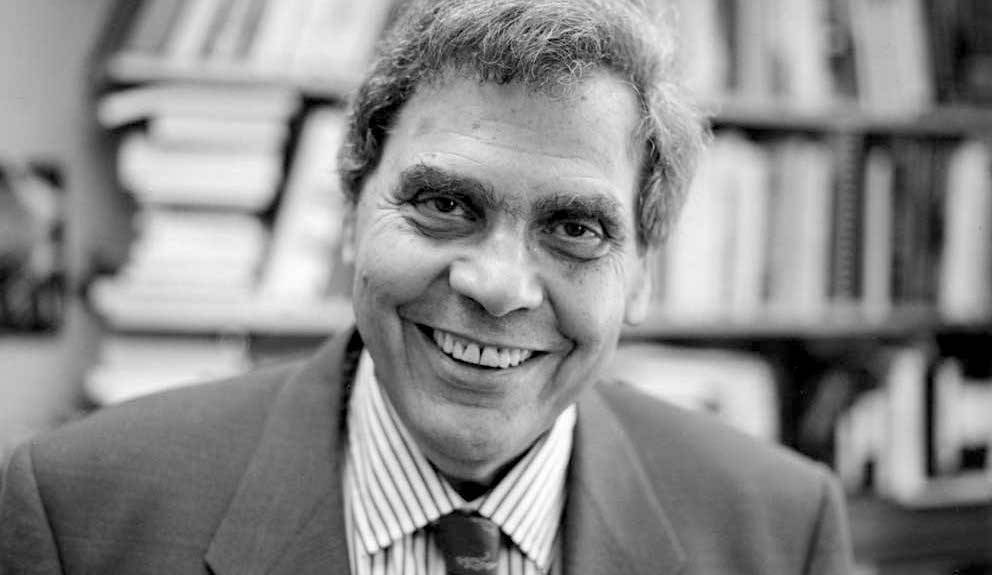
Politicians of the time were judged by their words, by the positions they took and the arguments they made. They employed elaborate metaphors, subtle irony and lots of dependent clauses, figures of speech hardly ever used in the majority of television programs.įurthermore, in eighteenth- and nineteenth-century America, the general public would have been familiar with the writings of public figures, not with their image.īetween 17, the average citizen probably wouldn’t have even recognized the president if he walked by. That’s a lot of talking, and all of it was closer in style to written language than to spoken.

Douglas gave speeches that often lasted between three and seven hours. The centrality of the written word in public discourse is further evidenced by the eloquence of eighteenth- and nineteenth-century political figures.įor instance, when campaigning for the presidency in 1860, Abraham Lincoln and his opponent Stephen A. Much of the population was literate, and the papers were widely read and circulated. This public discourse began near the end of the eighteenth century, when the emergent medium of newspapers enabled Americans to engage in the national conversation. So it’s no surprise that, by the turn of the nineteenth century, public discourse in America was dominated by the written word in printed form. They simply don’t generate the same kind of hype.īack in 1776, Thomas Paine published Common Sense, a pamphlet that was printed almost half a million times – and this at a time when the American population stood at about 2.5 million! In other words, eighteenth-century Americans were as crazy about reading as modern ones are about football. In America today, the Super Bowl draws more collective attention than any other national event, with roughly 111 million people tuning in – that’s one-third of the American population! Books, in contrast, rarely sell more than 1 million copies. Accordingly, our ideas about what is and isn’t true – and thus the structure of public discourse – are shifting as well. You have to produce written proof.īut as our culture becomes dominated by television, appearances, which are often deceiving, are starting to be taken more seriously than printed truths. You’d expect Harvard to give you a degree, right? Our culture is still a print-oriented culture, so no one’s going to believe you if you just say you have a PhD from Harvard. Let’s say you just graduated from a doctoral program at Harvard University. This is worrisome, because the dominant medium of communication of a particular era always comes to define our ideas of truth and legitimacy.

And this new medium is simply unable to adequately convey serious, intellectual content. Public discourse is no longer based on words, but on images. Now, as we move from typographical to televised representations of the world, a new shift is taking place. Hence, the invention of writing gave rise to grammarians and logicians, philosophers and physicists, novelists and neuroscientists – all the people who try to think about and make sense of the world. Later, with the invention of the alphabet, language took on physical form the written word froze the flow of human utterances, and transformed language into something that could be studied and analyzed. Understanding how America got here is a matter of understanding how new mediums of communication give rise to new forms of content.Įarly in humanity’s history, the most crucial communicative medium was, of course, speech – an exclusively verbal form of communication decipherable by solely aural means. Today, the American spirit is most manifest in Las Vegas, the city of entertainment.


In the twentieth century, Chicago was the hub of American commerce, representing both industrial and human progress. It’s easy to talk about grand ideas – equality, democracy, our inalienable rights – but, at the end of the day, such noble abstractions say little about the lived, everyday experience of Americans.Ī better way to pinpoint the true national mood of the United States is to look at its major cities.įor instance, in the mid-nineteenth century, America experienced an immigration boom, and the melting pot of New York City came to embody the multiplicity of American identity. The American spirit can be hard to pin down.


 0 kommentar(er)
0 kommentar(er)
